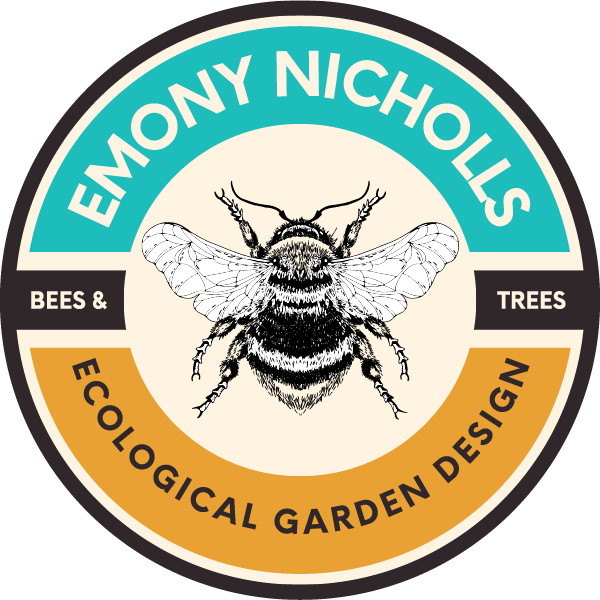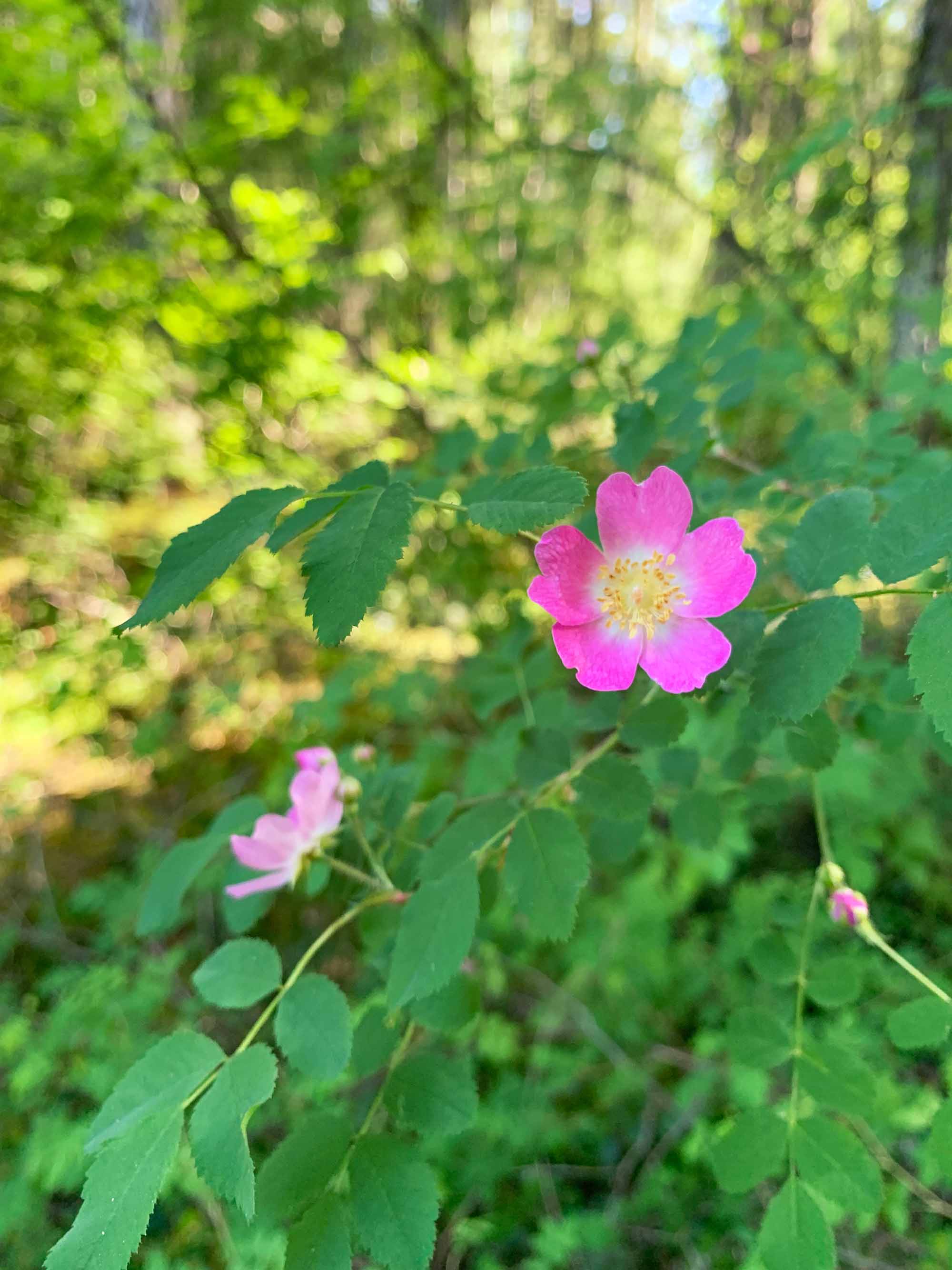
Category: Knowledge
-

Plant Profile: Kinnickinnik (Arctostaphylos uva-ursi)
Arctostaphylos uva-ursi is a low-maintenance, drought-tolerant evergreen shrub that makes an excellent alternative to invasive English Ivy or Periwinkle.
-
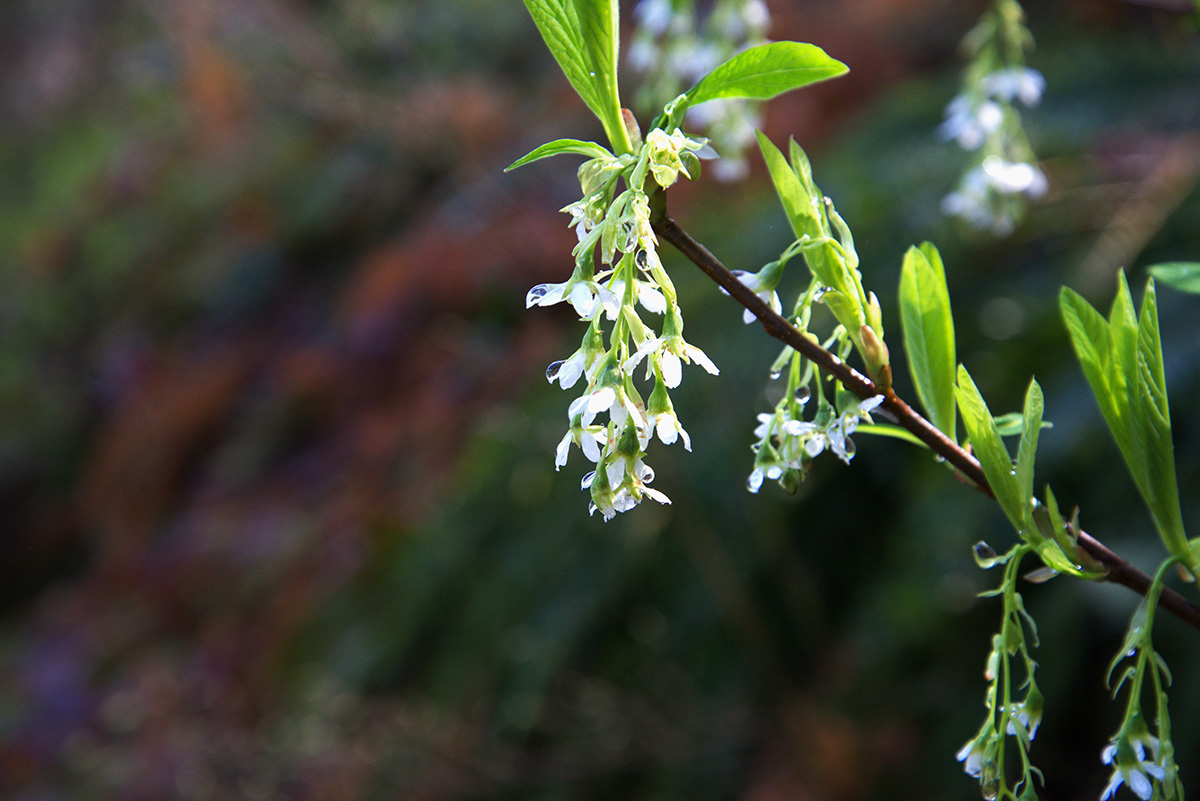
Plant Profile: June Plum (Oemleria cerasiformis)
Oemleria cerasiformis is a drought-tolerant deciduous shrub that is ideal for planting in woodland gardens, open spaces such as parks; effectively used for land reclamation and seasonally wet ditches.
-
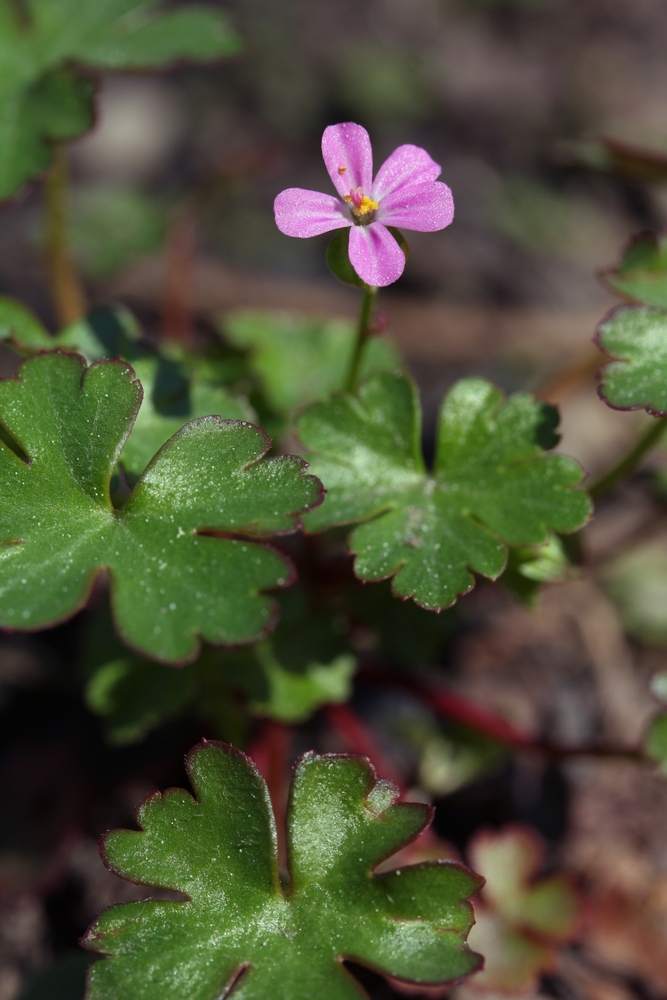
Invasive Shiny Geranium
In recent years, the small ground-covering invasive annual called “Shiny Geranium” (Geranium lucidum) has been spreading on Salt Spring Island. Patches of the weed are currently found on Quarry Drive Park, at…
-
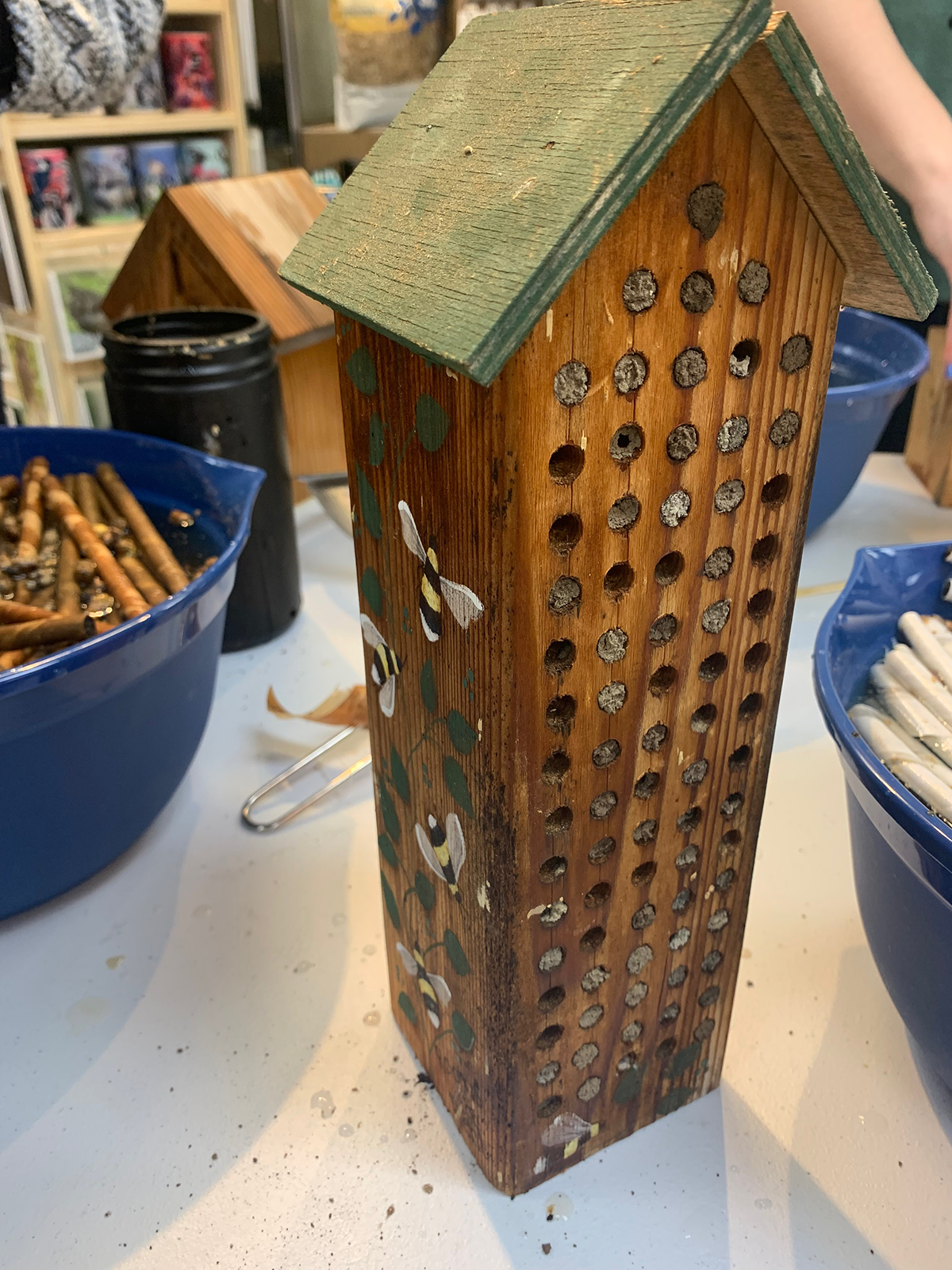
Keeping Mason Bees on the Cheap
Purchasing a ready-made mason bee house can be an expensive proposition, ranging from approximately $50-100 in price. However, with some basic carpentry tools (e.g. drill) you can make and maintain your own…
-
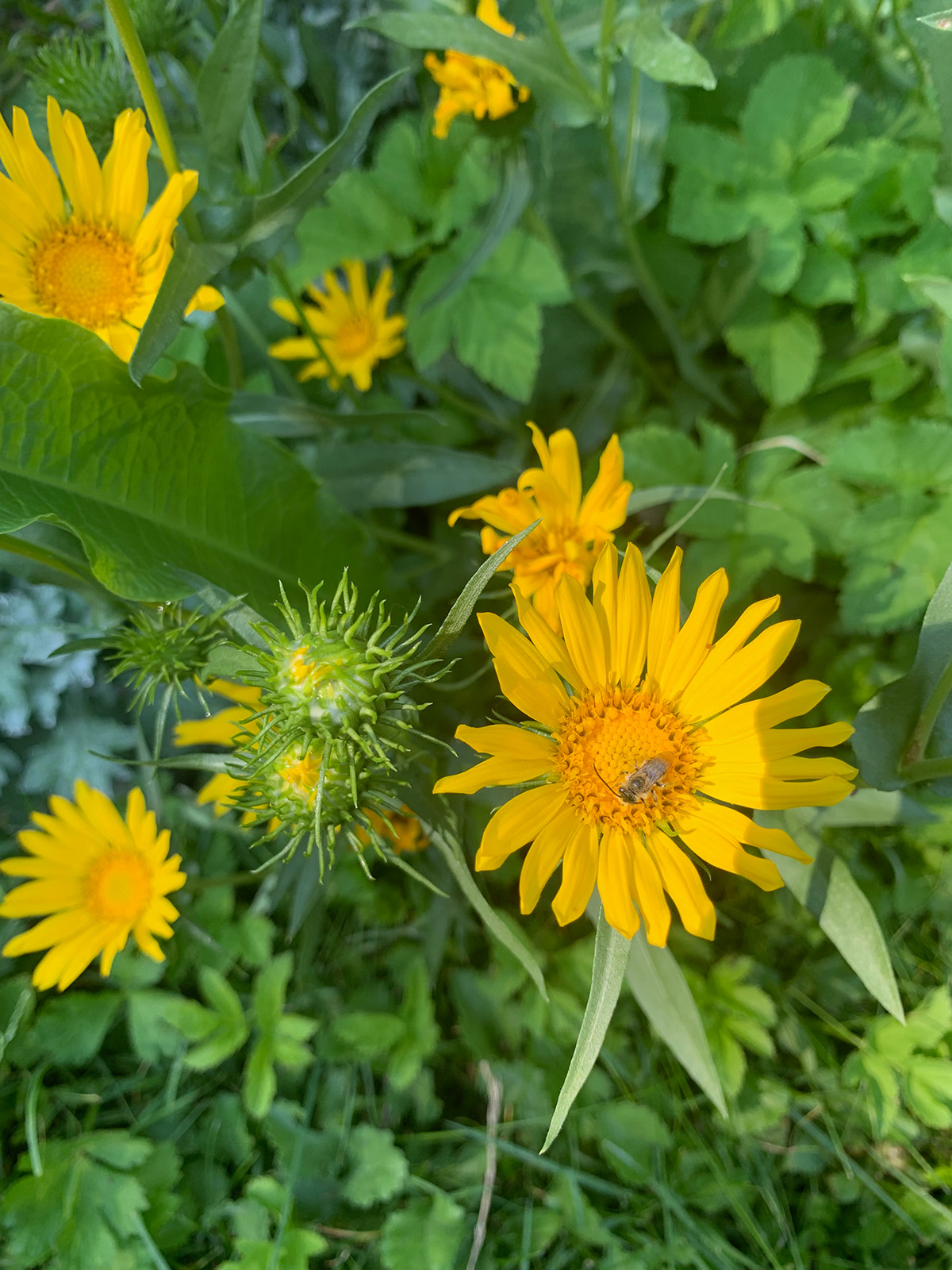
Plant Profile: Oregon Gumweed (Grindelia stricta)
Grindelia stricta, member of the Asteraceae family is a tough and adaptable plant, ideal on coastlines. Grows larger in deeper and richer soils; keep in dry areas to control size or prune…
-
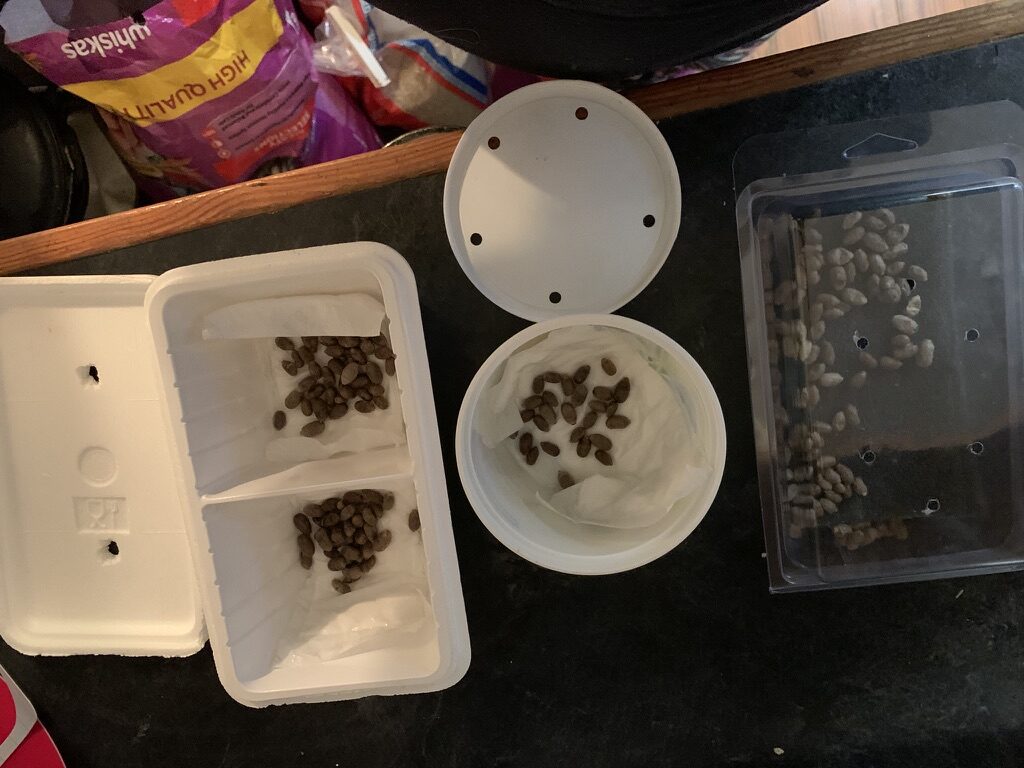
Winter Storage of your Mason Bee Cocoons
After cleaning your mason bee cocoons, there are a couple options for storage over the winter months. A homemade container is possible, as are commercially produced ones. Storage Containers Store the cocoons…
-
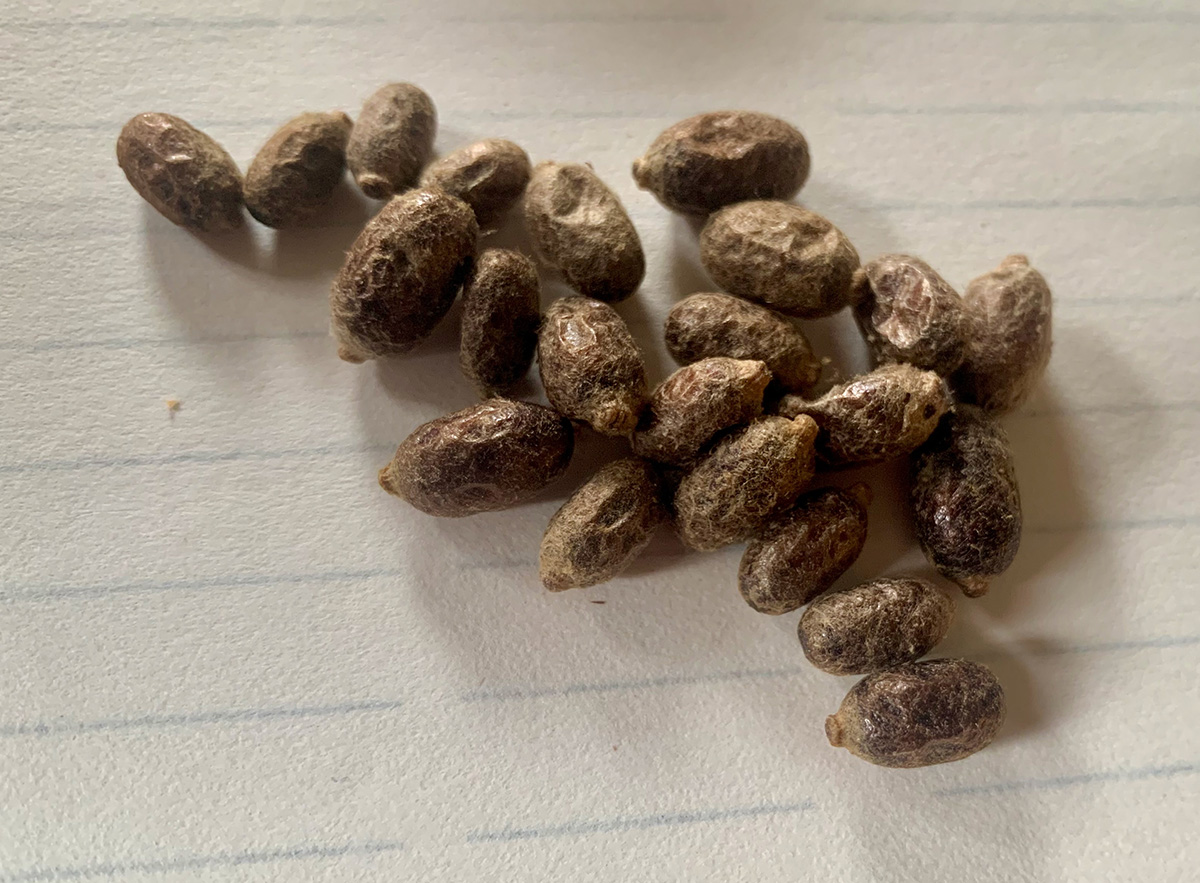
Steps for Harvesting Mason Bee Cocoons & House Cleaning
The process of harvesting mason bee cocoons and cleaning their houses should be done in October to mid-November. This vital process removes mud, frass (bee poop), and mites from the cocoons and…
-
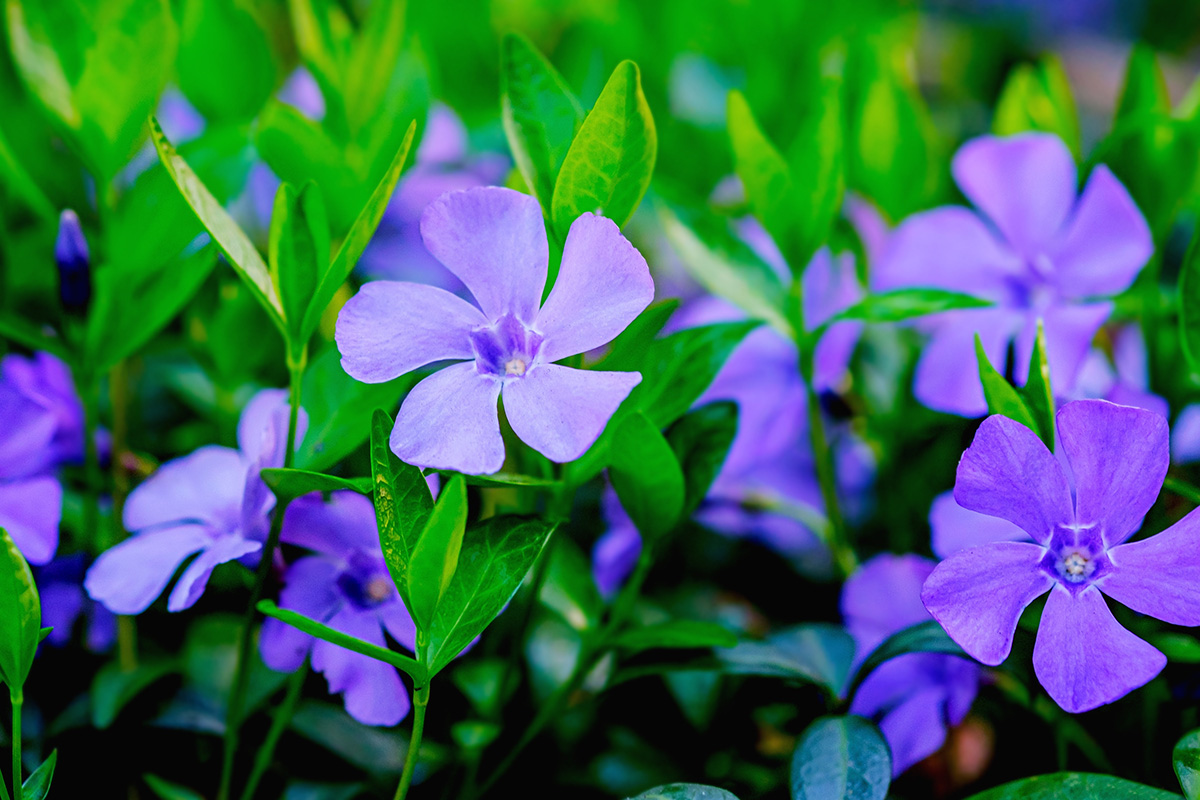
Alternatives to Invasive Common Periwinkle (Vinca minor)
Originally from Eurasia, common periwinkle was introduced from Europe in the 1700s for its fast, dense coverage as a trailing evergreen groundcover. Common periwinkle is a plant so ubiquitous that reference to…
-
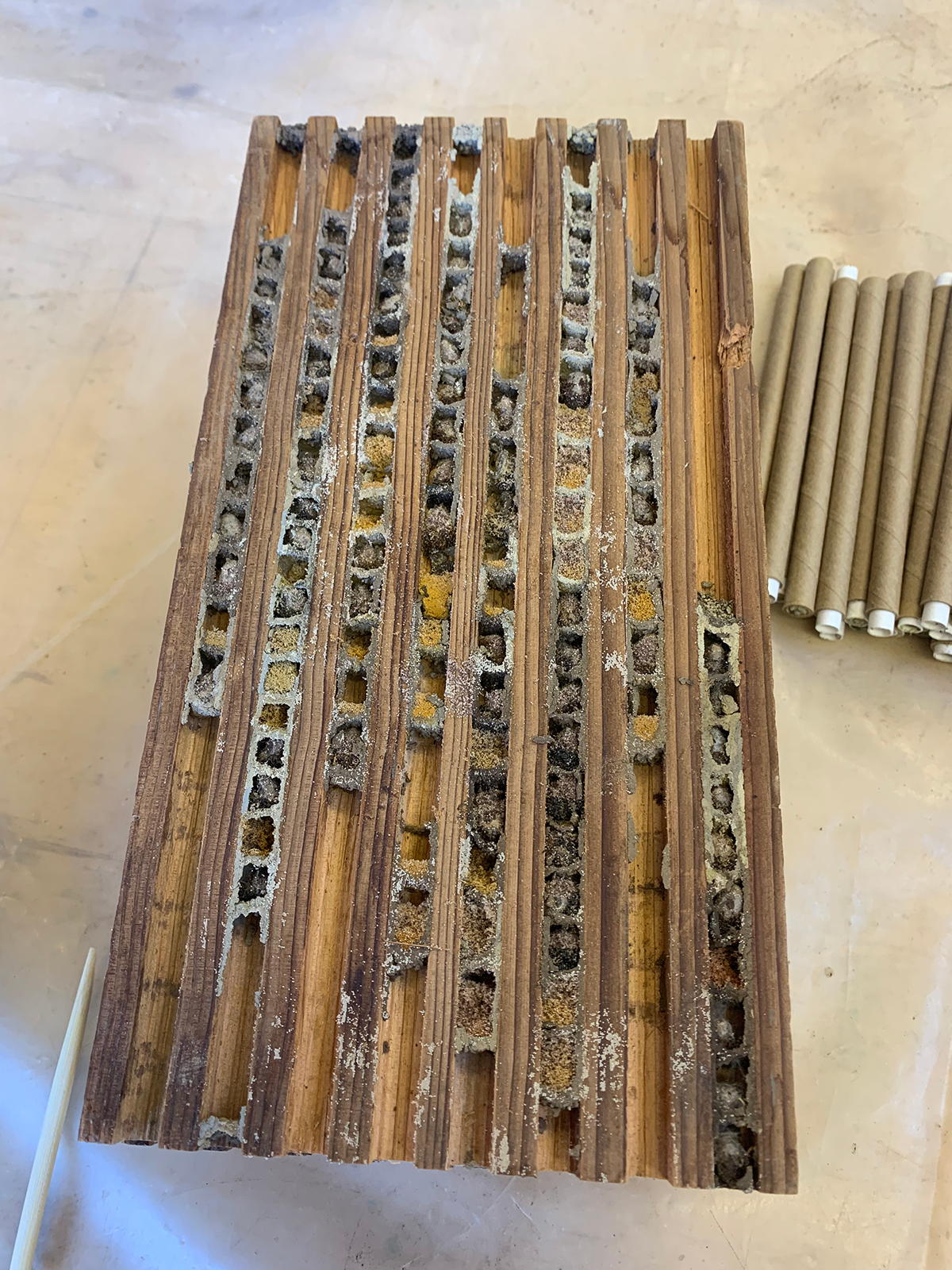
Common Parasites Found in Mason Bee Houses
Many of us reap the rewards of native mason bees pollinating our fruit trees in the spring. We provide houses to attract and keep these beautiful bees close to our gardens. In return,…
-
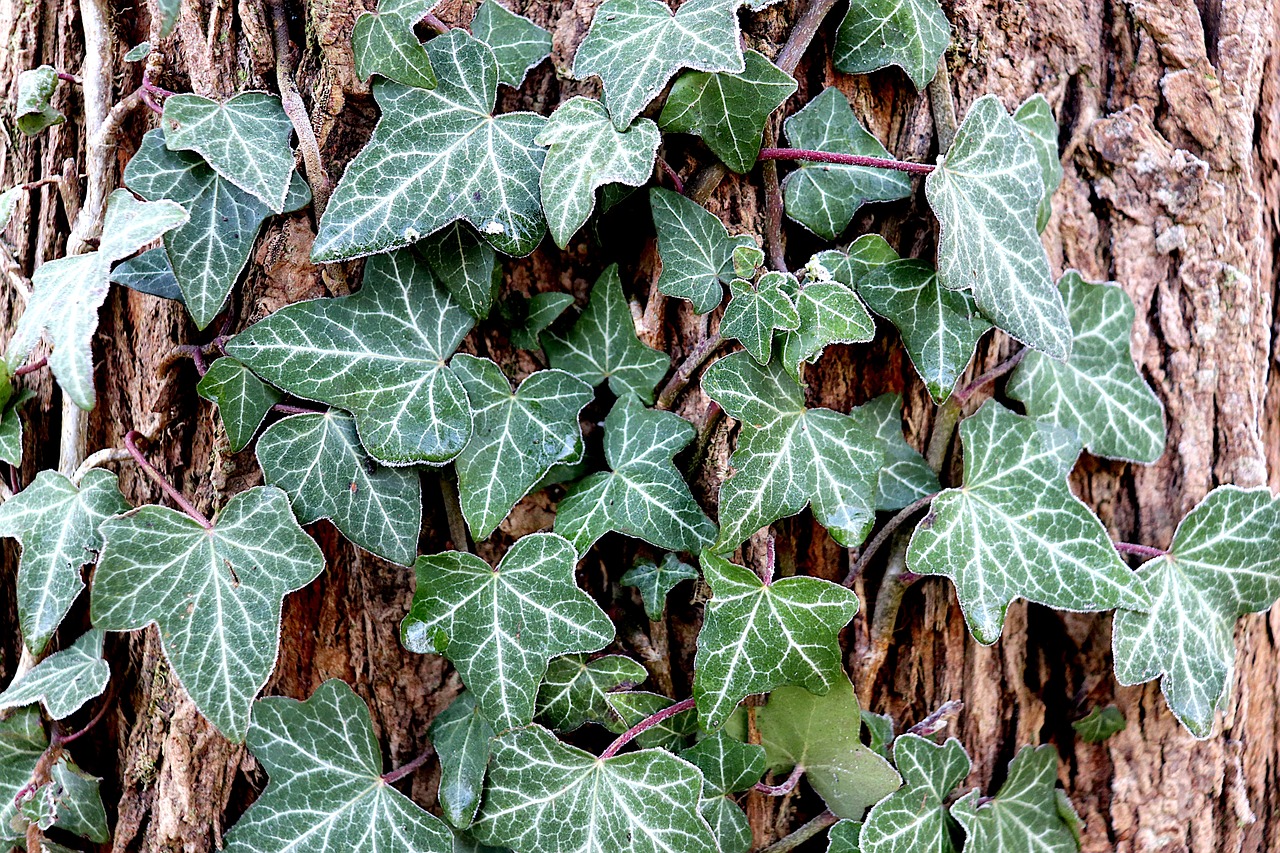
Alternatives to Invasive English Ivy (Hedera helix)
English ivy is certainly one of the most common and widespread invasive species on Salt Spring Island. I think we are all familiar with this fast-growing evergreen vine as a dense groundcover…
